The risk of risk communication
Government and public health officials are coming up against a universal truth in risk communications and awareness raising – people will make their own determinations about risk using a range of information, feelings, rationalisation and historic knowledge.
They’ll check in with others, assess what suits them based on convenience, perceived threat and circumstances, and act accordingly.
The processes for decision making are not straight forward, based in life biases and sometimes – often – emotions.
Every Australian in lockdown under COVID19 is weighing up what they believe, with their own reality and experience. Some disagree with the entire concept, we know that. Others are tired. Some don’t think it will happen to them.
This happens in all emergencies, in fire, in flood and storms. It’s happening in COVID19. In many cases with COVID19, deprivation (knowledge, belief, choice or human contact) is driving our response to the risk.
Media is currently talking about not just the ‘big events’ potentially leading to COVID19 spread, but the everyday small choices people are making.
How are you going being derived of human contact, family, ‘normal life’, playgrounds? How is your mental health or ability to pay bills going?
It’s not just the assessment of risk that drives being able to do what you know is right or required. But the differing responses between states – and countries – to such a public health emergency doesn’t help settle the response.
And where the response is compromised, risk communication struggles.
It’s hard enough for communication experts – who have to use behavioural understanding plus societal understanding plus reasoning plus myth busting for communities – to get cut through.
As humans we’ll always (often) look for loopholes until we experience the reality. It’s a reality that in reality, none of us want.
It’s not just epidemiologists who are looking at how NSW, Victoria, other Australian states, New Zealand and other countries tackle the response to COVID19.
Behaviouralists and communication specialists are eyeing this off just as much, wincing or cheering.
It’s the world’s biggest and most frightening case study.
Reference: https://lnkd.in/gpg2Bjdx
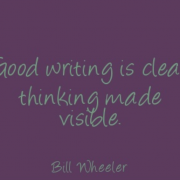


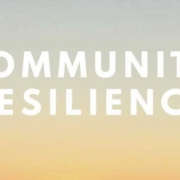
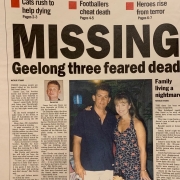
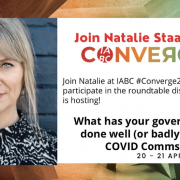


Leave a Reply
Want to join the discussion?Feel free to contribute!